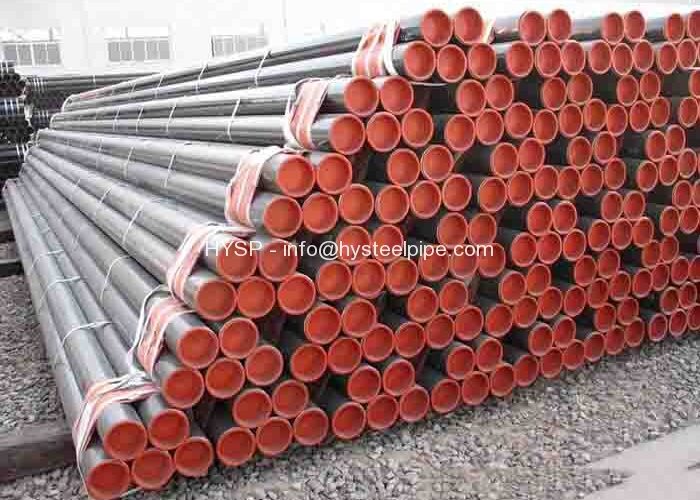
Economy Transition & China’s Steel Industry
Steel industry is heavily dependent on the whole country’s economy development. Also steel industry is the core industry for the whole nation economy. Steel industry will affect the national economy and the economy will reflect the steel industry condition.
Going by the economic indicators Chinese economy is shrouded in gloom. The world’s second largest country’s economy grew 7.4% in Q1 this year, better than expected but sharply down from 7.7% in Q4 2013. Even though the China government has pegged 2014 growth at 7.5% the dark lining being it would be the slowest since 1990.
However if seen in the background of recent shift in focus by the government towards quality rather than quantity to make the economic growth solid and balanced lest it enters yet another debt trap resulting in default on bond recently. Regardless of the glamour surrounding Chinese growth story the fear of hollow credit based growth ultimately proving to be its own nemesis loomed all through.
More conservative growth story spotted with checks has been consciously adopted by the government to have stable economic growth shun high inflation, unemployment and preposterous debts.
Chinese government invested a staggering 48% of its GDP last year. Nonetheless, government investment is slowing down (although it still grew at a pretty huge 17.6% in Q1.
There are signs the China government’s efforts to rebalance the Chinese economy towards domestic consumption is starting to work, with retail sales rising 12.2% in the first quarter of this year. Rural incomes jumped 10.1% year-on-year compared to a 7.2% rise in urban income. The Employment Indicator climbed to a 25-month high of 52.5 in April from 46.1 in March. Q1 saw 3.74-million urban jobs created, slightly more than the year before.
Amongst sea of grounding positives quest for growth has not been totally lost. March, car sales hit a new high in China – 2.169 million, up 35.8% month-on-month and 6.6% year-on-year. At the same time, consumer price index growth of 2.3 % has allowed many of those gains to flow in to consumer pockets.
China’s first-quarter exports dropped 3.4 per cent, while imports were up just 1.6 per cent. March was much worse, with exports falling 6.6 per cent and imports down 11.3 per cent. However, the negative impact softened for the second month in a row, following the recent depreciation of the Chinese yuan, which appears to have improved exporters’ sentiment.
The Chinese government off late has launched calculated measures aimed at alleviating economic concerns without creating bubble.
Allow bank recapitalization will add further pressure to the currency, which is already suffering, and result in greater pricing pressure for China’s competitors. Increased expenditure on railway infrastructure to generate demand for steel.
Even though the pace appears to have slowed it augurs well for an economy which had created astronomical debts in the process of whirlwind infrastructure development. Thrust of the government is not blind quest for higher numbers but for grounding growth which strikes balance between rural and urban growth, moderate inflation.
Iron ore and steel market are heavily dependent on the growth in infrastructure sector. The current phase of slow infrastructure growth and shift in focus from urban to rural base might deal blow to sparkling demand growth but it would sustainable. HYSP thinks the big picture of the china’s economy will going for better and the steel industry is heading for better.
Send Enquiry Now
- 168#, Miao Qian Xi Jie, Yue Xiu District, Guangzhou, China
- ENQUIRY@HYSTEELPIPE.COM
- CONTACT US HERE !
New Products

ASTM A335 Grade P22 Alloy Pipe Steel 3inch SCH120
HYSP supplies high quality ASTM A335 Grade P22 Alloy Pipe Steel and tube 3inch SCH120 for high pressure and temperature applications.
ERW Steel Tubing 12inch ASTM A53 B
HYSP Steel Pipe supply you ERW Steel Tubing 12inch ASTM A53 B SCH40 or API 5L ERW steel pipes for your gas and oil line pipe or water pipes application.
API 5L B ERW Steel Tube OD 426MM
HYSP makes API 5L B ERW Steel Tube OD 426mm x 9.53mm WT DRL for your applications like gas and oil line pipe. we can customize size and steel grade per request.
L235 ERW Pipe EN10224 OD 323.9mm
HYSP steel pipe makes L235 ERW Pipe EN10224 OD323.9mm steel tubes for the conveyance of water and other aqueous liquids. we also produce as required size.
